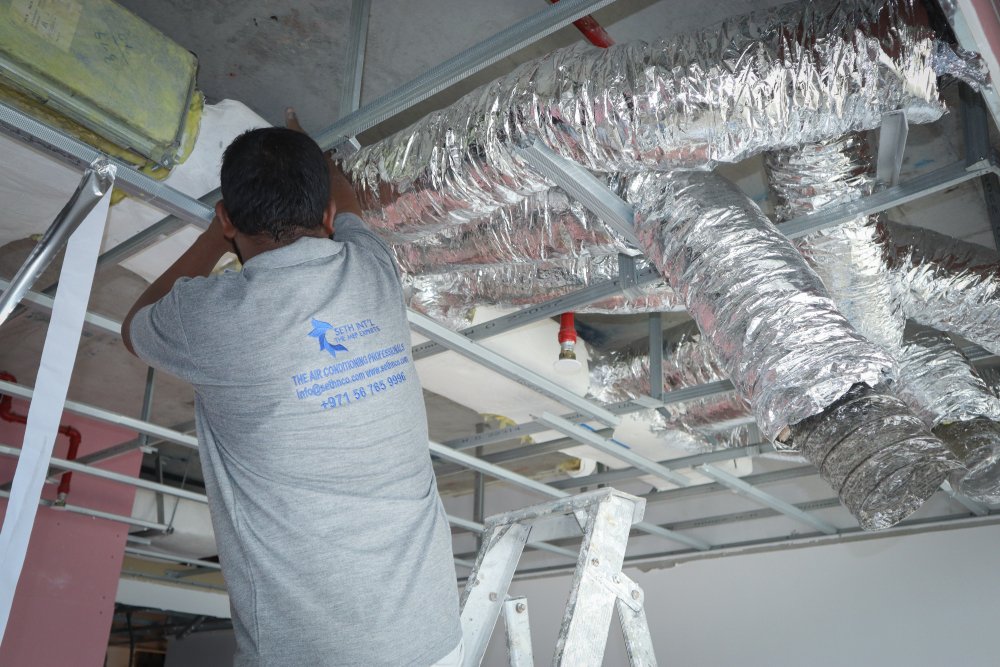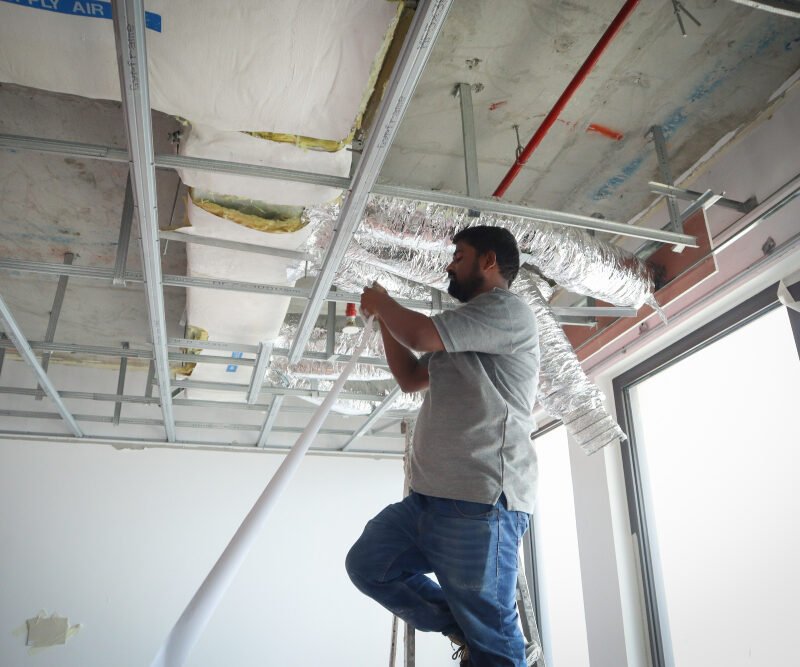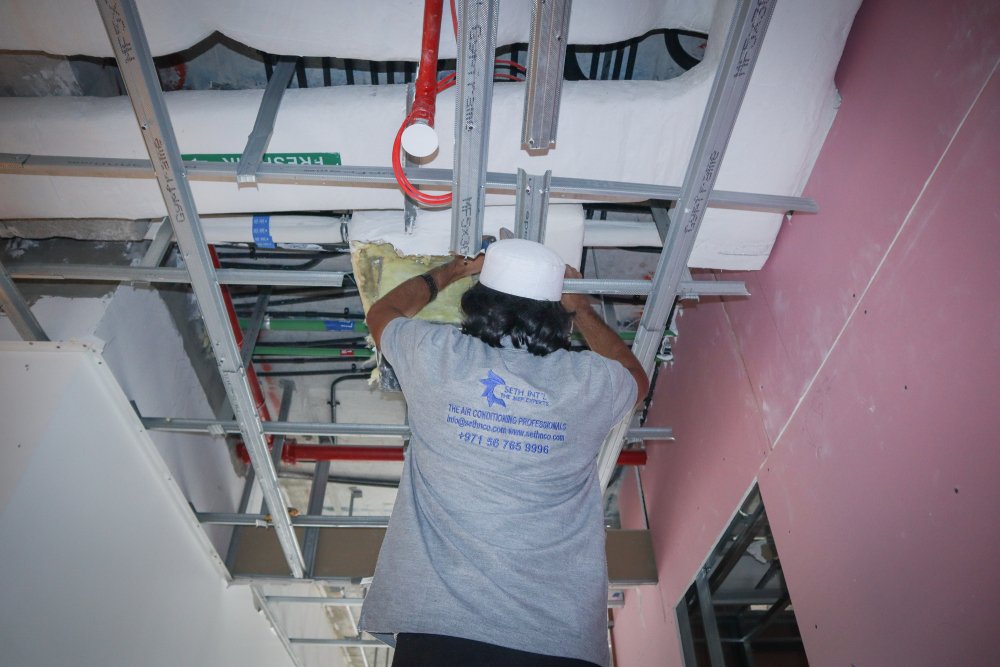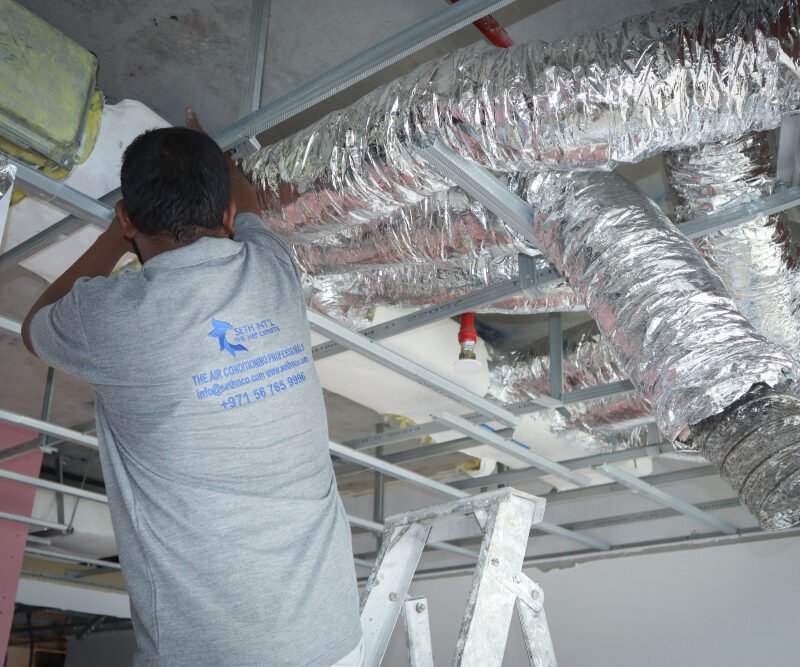Load Calculation
Load calculation in HVAC (Heating, Ventilation, and Air Conditioning) is a
crucial step in designing and sizing HVAC systems to ensure they
effectively heat or cool a building while maintaining comfort and energy
efficiency. Accurate load calculations are essential to determine the size
and capacity of equipment required. There are two main types of load
calculations: heating load and cooling load.

Heating Load Calculation
The heating load calculation is used to determine the amount of heat
needed to maintain a comfortable indoor temperature during the coldestexpected outdoor conditions. This calculation takes into account several
factors, including:
- Outdoor Temperature:
The lowest expected outdoor temperature is a critical factor, as it determines the amount of heat needed to compensate for heat loss through the building envelope. - Building Size and Shape:
The size, shape, and orientation of the building affect how much heat is lost through walls, windows, and roofs.
- Insulation and Building Materials:
The type and quality of insulation, as well as the construction materials used, impact heat loss. - Air Infiltration:
The rate at which outside air leaks into the building affects the heating load. - Occupancy and Equipment: The number of occupants and heat-generating equipment in the building contribute to the heating load.


Cooling Load Calculation
The cooling load calculation is used to determine the amount of cooling required to maintain a comfortable indoor temperature during the hottest
expected outdoor conditions. This calculation takes into account several
factors, including:
- Outdoor Temperature:
The highest expected outdoor temperature is a critical factor, as it determines the amount of cooling needed to counteract heat gain in the building. - Solar Gain:
The amount of solar radiation entering the building through windows and other openings.
- Internal Heat Gain:
Heat generated by occupants, lighting, appliances, and equipment inside the building. - Building Envelope:
The building’s insulation, materials, and construction impact heat gain. - Ventilation and Infiltration:
The rate at which outdoor air enters the building affects the cooling load.


Load calculations are typically performed using software programs or
manual calculations based on industry-standard methodologies, such as
the ASHRAE (American Society of Heating, Refrigerating and Air-
Conditioning Engineers) Handbook. The goal is to size HVAC equipment
correctly to ensure comfort without oversizing, which can lead to
inefficiency and higher operating costs, or undersizing, which can result
in insufficient heating or cooling. Accurate load calculations are essential
for selecting the right HVAC equipment, ductwork, and insulation, which
can significantly impact energy efficiency, indoor air quality, and overall
system performance. Additionally, they are essential for complying with
building codes and standards.
